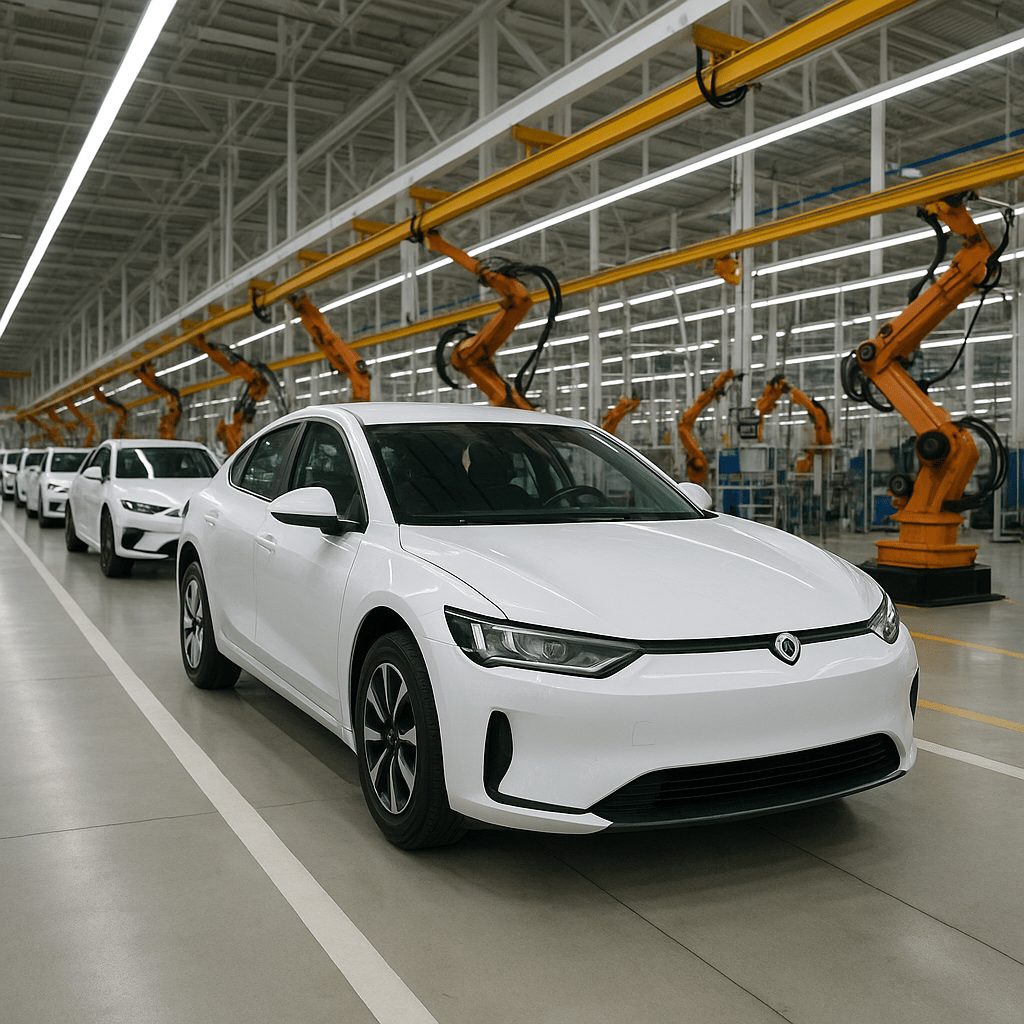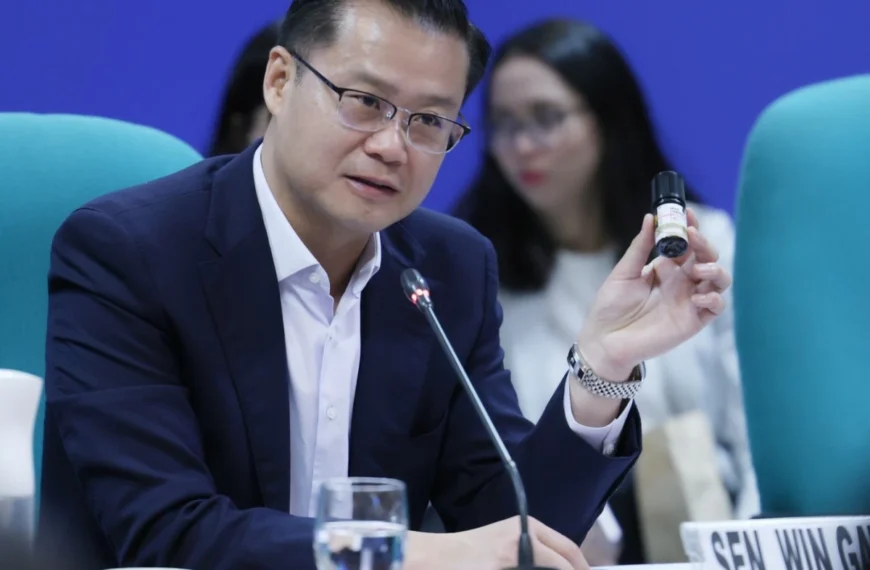Revving Up: The Post-Pandemic Rise of Electric Vehicles in the Philippines

- A Surge in Electric Vehicle Adoption
The Philippines has witnessed a significant rise in electric vehicle (EV) adoption In the wake of the COVID-19 pandemic. Data from the Land Transportation Office (LTO) reveals that newly registered electrified vehicles totaled 10,001 units in the first half of 2024, nearly matching the 10,388 units registered throughout the entire year of 2023. This surge underscores a growing consumer shift towards sustainable mobility solutions.
- Government Initiatives Fueling Growth
The government’s proactive stance on promoting EVs is also central to this momentum. The Electric Vehicle Industry Development Act (EVIDA), enacted in 2022, mandates a 5% EV fleet requirement for government agencies and corporations. Further bolstering this initiative, President Ferdinand Marcos Jr. approved the extension of zero import tariffs on electric vehicles and their parts until 2028. The policy now includes hybrid electric vehicles, e-motorcycles, and e-bicycles, with the goal of lessening reliance on fossil fuels and broadening the reach of the EV market.
- Infrastructure: Bridging the Gap
Despite these strides, infrastructure continues to pose a major hurdle. As of December 2024, Metro Manila had the country’s highest number of EV charging stations at 130. Still, industry projections indicate that at least 5,000 charging stations will be required by 2030 to meet growing demand. In response, the Asian Development Bank (ADB) partnered with Ayala Corp. through a $100-million financing agreement to build more charging stations and acquire EVs for commercial use.
- Market Dynamics and Consumer Preferences
Hybrid electric vehicles (HEVs) currently lead the Philippine EV market, making up the bulk of overall sales. As of the third quarter of 2024, Toyota Motor Philippines commands more than 72% of the sector, with HEV sales rising by 186% compared to the previous year. Although battery electric vehicles (BEVs) and plug-in hybrid electric vehicles (PHEVs) are steadily gaining interest, their growth is hindered by ongoing concerns about charging infrastructure and driving range limitations.
- Challenges Ahead
Several hurdles persist in the widespread adoption of EVs. A Deloitte study found that 55% of Filipino respondents identified the lack of public charging infrastructure as the main barrier to BEV adoption. Additionally, the higher upfront costs of EVs compared to traditional vehicles pose a challenge in a price-sensitive market. Consumer education is also crucial, as many Filipinos remain unfamiliar with the range of EV technologies and their benefits.
- Looking Forward
The Philippine Government’s Comprehensive Roadmap for the Electric Vehicle Industry (CREVI) outlines bold objectives: reaching a 50% electric vehicle fleet share by 2040 and deploying 2.45 million EVs—including cars, motorcycles, tricycles, buses, and public utility vehicles—by 2028. Realizing these targets will demand coordinated action from both public and private sectors to improve infrastructure, offer incentives, and raise public awareness.
With the country moving steadily toward a more sustainable future, the post-pandemic period presents a crucial window for the Philippines to strengthen its commitment to eco-friendly transportation.












